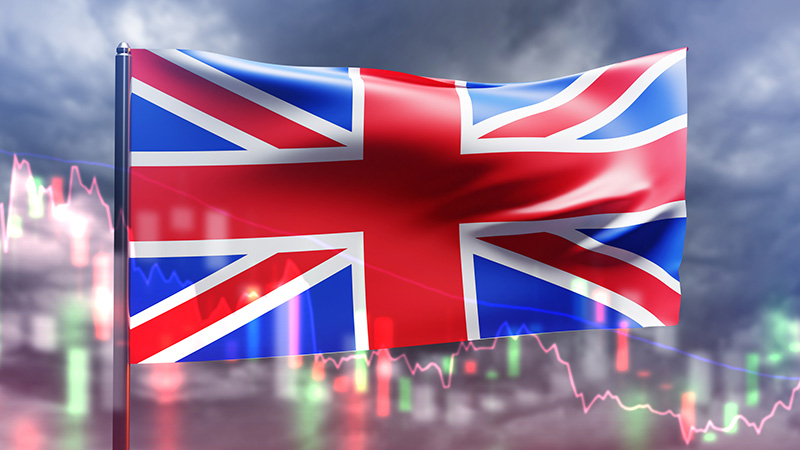The UK economy grew by 0.1% in the third quarter of 2024, according to the latest figures from the Office for National Statistics.
This was down from the 0.5% GDP growth recorded in Q2, and below expectations of a 0.2% increase. Meanwhile, month-on-month GDP fell 0.1% in September.
The quarter began with the election of the first Labour government in 14 years.
See also: IA: Investors pulled £2.4bn from equities ahead of Budget
Jeremy Batstone-Carr, European strategist at Raymond James, believes the figures present a strong foundation onto which the economy can grow – despite the data suggesting that economic expansion slowed in the run up to the Autumn Budget.
“As consumers and businesses waited to hear the government’s fiscal policy plans, economic activity decelerated, although not to a halt,” he said. “Despite weakness in government spending and trade, buoyancy in consumer spending was sufficient to grow the economy by 0.2% in the third quarter of this year.
“Throughout the quarter, varied conditions impacted economic output – industrial production and manufacturing output generally did not fare well, very much in line with industry elsewhere in the world. More encouragingly, the service sector benefitted from strength in professional services, particularly in advance of the Budget.
“Looking ahead at quarters to come, today’s figures will form a foundation for the UK economy to build upon. Given the initiatives proposed by the Chancellor, we can expect focus to shift away from household spending towards government expenditure as a main economic driver.”
See also: Investment industry urges BoE to tread carefully following interest rate cut decision
The GDP figures follow on from UK inflation falling to 1.7% in September, below the Bank of England’s 2% target.
The Bank also lowered interest rates 25 bps to 4.75%.
Fidelity International associate director Ed Monk said that today’s data shows the scale of the task ahead for policymakers.
“The fact the economy is still growing on a quarterly basis does offer some encouragement, especially with interest rates due to fall and help activity in the next year. Underlying data has been mixed with retail activity seeming to be picking up but with fewer job vacancies and unemployment ticking higher.
“Meanwhile, taxes on employers are due to rise from April and there may also be new trade policies from the US to navigate following Donald Trump’s victory in the presidential election.”
See also: Chancellor to unveil plans to merge local government pensions into ‘mega funds’
Lindsay James, investment strategist at Quilter Investors agreed, saying that it is not as simple as just getting back on trend after losing some of the growth momentum seen in the first half of the year.
“There are rising risks to the UK economy as businesses are being asked to stomach much of the required fiscal expansion. Unemployment figures have ticked up to 4.3% and with NI changes yet to fully bed in, businesses are warning things could get worse. The economic malaise we have become accustomed to could be here to stay a while longer.
“Now there are things that Labour is doing to stimulate things alongside its tax rises. Planning reforms should eventually help while it has got the right idea by focussing on infrastructure investment as step one in improving the productivity of the economy. The only problem is if a consolidated pensions system is the way to do this or if there are more efficient ways to bring in private investment.
“Finally, there is a large cloud on the horizon for the economy in the shape of Donald Trump. Thankfully for the UK it may well be quite insulated from his proposals to slap tariffs on just about every and any good made outside of the US.”










